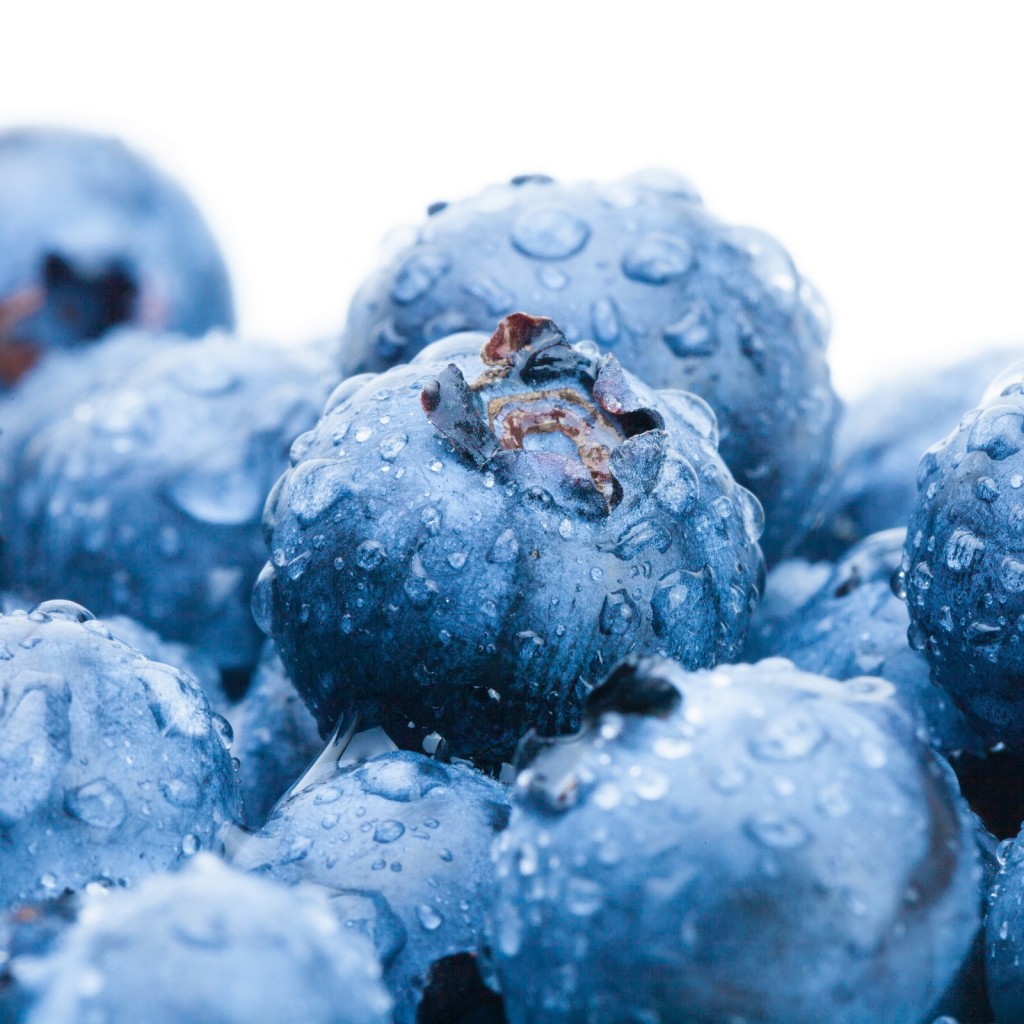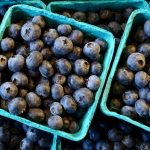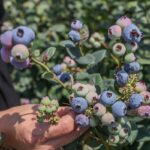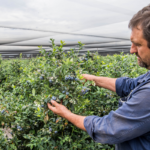Blueberries in Charts: Finding opportunities in the gaps

In the ‘In Charts' series, Agronometrics illustrates how the U.S. market is evolving. Each week the article will look at a different horticultural commodity, focusing on a specific origin or topic visualizing the market factors that are driving change.
The blueberry community will come together in Vancouver, Canada, next week for the International Blueberry Organization (IBO) Summit, with Agronometrics' CEO Colin Fain presenting some of the research his team has done for the organization. All attendees are sure to gain some exciting insight about how and why the blueberry industry has been growing.
The industry got its start only a little more than a hundred years ago. At that time, Elizabeth White sold the first commercial blueberries out of her farm in New Jersey, U.S., bringing this highly nutritious fruit to commercial markets. Since then the fruit has been transformed into a cultural phenomenon. In fact, it came into popular consciousness in the 1971 version of Willy Wonka and the Chocolate Factory, when Violet turned into the fruit. More recently, scientific research in the 1990’s and 2000's has made the fruit a health icon, driving the impressive growth of the category that we see today.
Exemplifying the growth that the category has seen, 2018 saw the industry move 35% more volume than in 2010. The commercial realities of the category, all the while, have impacted prices during this level of growth, as they slowly fell under the weight of the growing volumes.
Non-organic blueberry prices and volumes
(Source: USDA Market News via Agronometrics)
[Agronometrics users can view this chart with live updates here]
As we can tell from the chart below, the growth in volumes in the blueberry industry has not been evenly distributed. There are important increases between Chile's season and the U.S.’s., making up for drops in production from the U.S.
Historic blueberry volumes
(Source: USDA Market News via Agronometrics)
[Agronometrics users can view this chart with live updates here]
Similar to how the first chart showed volumes affecting the category's prices, the same is reflected by monthly data. The spikes in prices correlate to the valleys of production and vice-a-versa. This in turn has created a dynamic that is advantageous to the shoulders of the U.S. season. The reason? Prices are more preferable during these periods.
Historic blueberry prices per kilo
(Source: USDA Market News via Agronometrics)
[Agronometrics users can view this chart with live updates here]
In our ‘In Charts’ series, we work to tell some of the stories that are moving the industry. Feel free to take a look at the other articles by clicking here.
You can keep track of the markets daily through Agronometrics, a data visualization tool built to help the industry make sense of the huge amounts of data that professionals need to access to make informed decisions. If you found the information and the charts from this article useful, feel free to visit us at www.agronometrics.com where you can easily access these same graphs, or explore the other 23 fruits we currently track.

















































